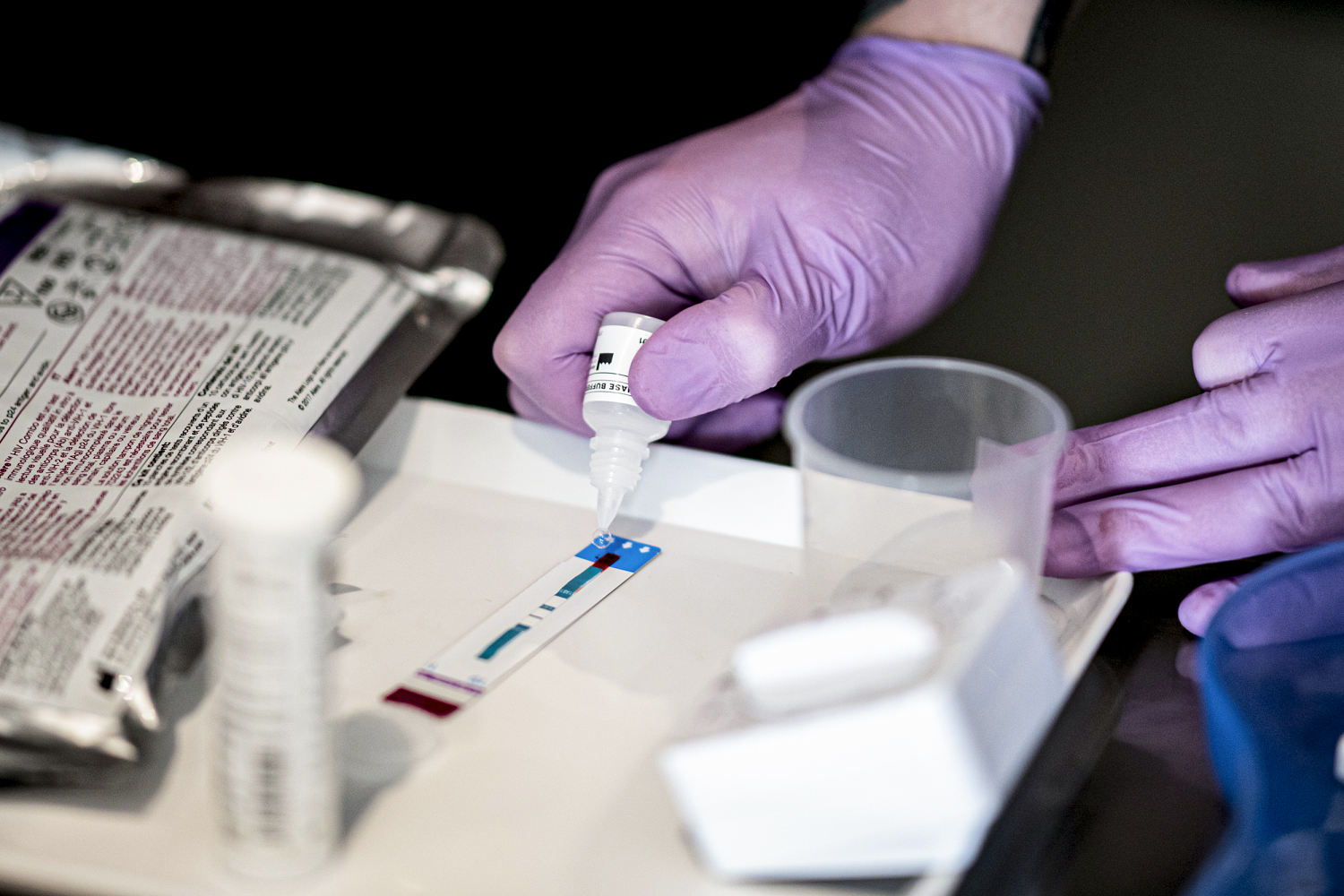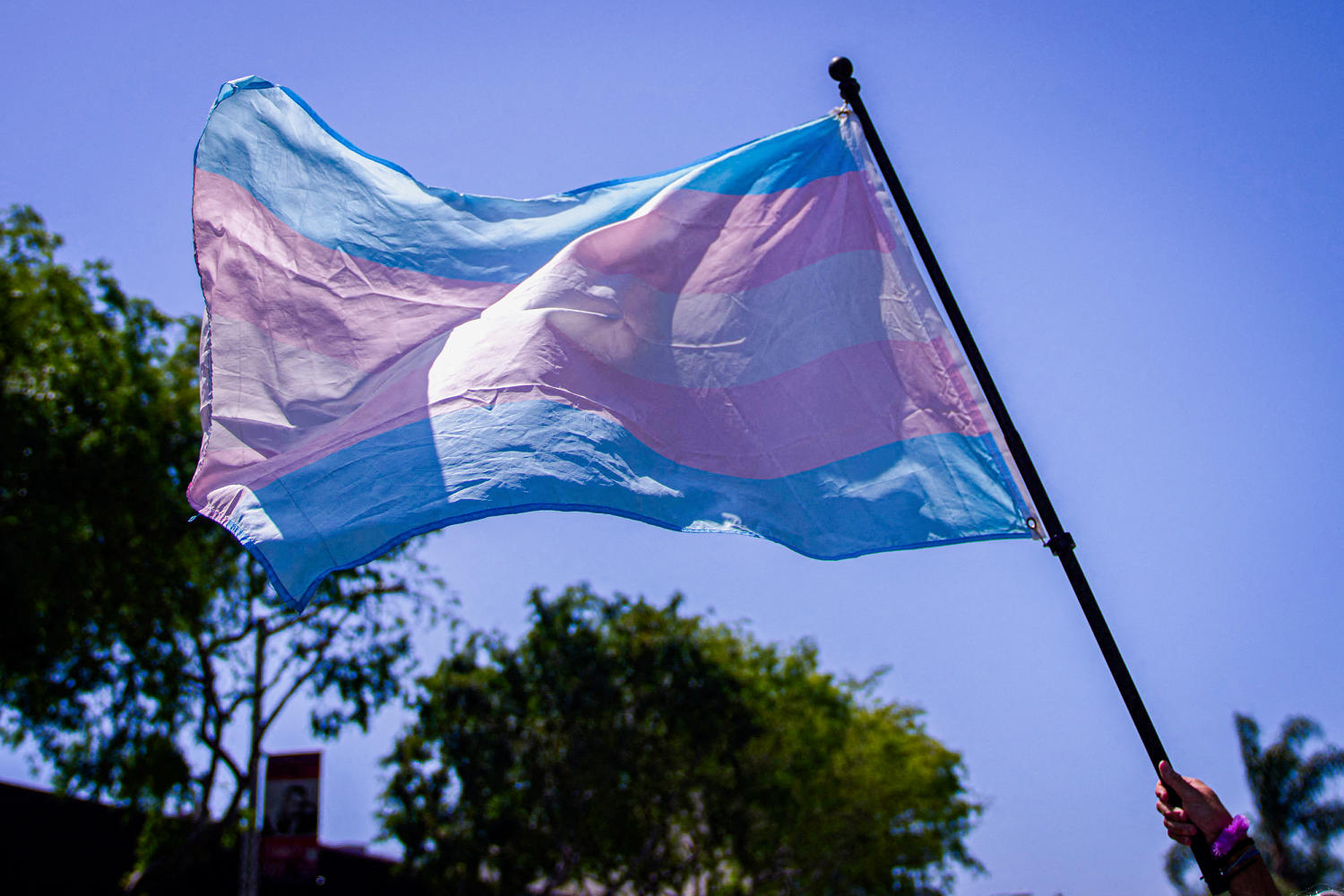Sexually transmitted infections are becoming more common in older adults.
Rates of chlamydia, gonorrhea and syphilis in people ages 55 and up more than doubled in the U.S. over the 10-year period from 2012 to 2022, according to data from the Centers for Disease Control and Prevention.
The number of syphilis cases among people ages 55 and up increased seven-fold during those 10 years, while gonorrhea cases increased nearly five-fold and chlamydia cases more than tripled during that time.
A presentation to be delivered Thursday — part of a lead-up event to the European Congress of Clinical Microbiology and Infectious Diseases next month — warns that both doctors and older adults are overlooking the risks of STIs in this age group.
“We talk about smoking, we talk about diet, exercise, so many things, and not about sex at all,” said Justyna Kowalska, the author of the presentation and a professor of medicine at the Medical University of Warsaw.
The issue is not limited to the U.S. In England, surveillance data published in 2022 suggested that STI diagnoses rose 22% from 2014 to 2019 among people ages 45 and up. Chlamydia was the most common, followed by gonorrhea.
Kowalska pointed to a few factors that may be driving up STI rates among older adults.
For one, people are living longer compared to past generations and enjoying more active lifestyles in their 60s, 70s and 80s. For many, that includes sex. A 2018 survey from AARP and the University of Michigan estimated that 40% of people ages 65 to 80 are sexually active, and nearly two-thirds are interested in sex.
Hormone replacement therapy, which can treat symptoms of menopause, can prolong sexual desire in older women, while erectile dysfunction drugs like Viagra can help older men remain sexually active.
But older adults may not have gotten the type of sex education provided to teenagers today, according to Matthew Lee Smith, an associate professor at the Texas A&M School of Public Health.
“Back in the ’30s, the ’40s, the ’50s, traditional school wasn’t really doing sexual education very formally,” said Smith, who studies behavioral health risks in older adults.
Smith’s research has shown that older adults lack some knowledge about STI transmission, symptoms and prevention.
He said doctors can be sheepish about asking older patients about their sexual activity, and older people often aren’t inclined to discuss their sex lives with peers or family members.
“No one wants to think about grandma doing this,” Smith said. “You certainly aren’t going to ask grandma if she was wearing condoms — and that’s part of the problem, because every individual regardless of age has the right to intimacy.”
Some older men may struggle with condom use, Smith said, either because of a lack of dexterity or erectile dysfunction.
What’s more, he added, many older adults married at a younger age than is typical now and only had one sexual partner until they divorced or were widowed. So some might not think to use a condom, Smith said — especially since pregnancy isn’t a concern.
Nursing homes also create opportunities for new sexual partners. The results of a U.S. survey of nursing home directors, published in 2016, found that sexual activity was common in these settings, which often have more female than male residents.
“In the heterosexual, older adult community, there’s a partner gap: Women live longer than men and there’s a larger proportion of females to men,” Smith said. “What it can lead to oftentimes is multiple partners and sharing of partners.”
Though STIs pose health risks to all age groups, older people may have a harder time clearing infections or be more susceptible to contracting them in the first place, medical experts said.
“The immune system is weaker, so you can get an infection easier, but there’s other physical things related to just sexual intimacy that make one more susceptible,” said Ethan Morgan, an assistant professor of epidemiology at The Ohio State University College of Nursing. Among women who are postmenopausal, for instance, the vaginal lining is more prone to tearing, which makes it easier for an infection to occur.
The experts stressed that doctors need to do a better job of discussing safe sex with older patients.
“We want them to have their best life,” Smith said, “but we want them to have it safely.”



